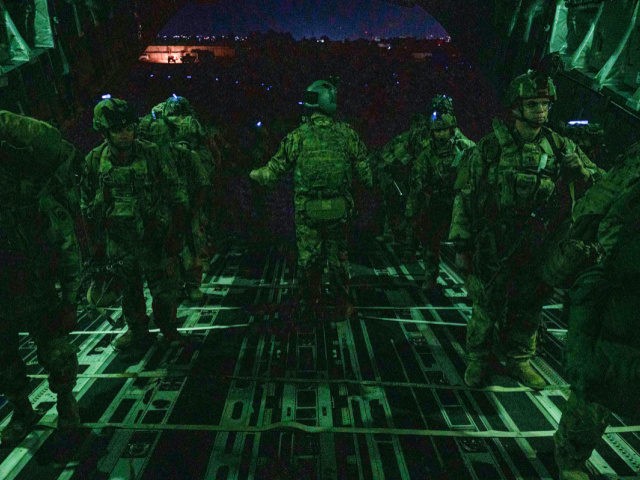As the 20th anniversary of 9/11 approaches, a study shows the massive cost of war in Afghanistan, Iraq, and other theaters in both dollars and lost lives.
Brown University’s Costs of War project reveals the cost since September 11, 2001 exceeds $8 trillion and that wars have directly killed an estimated 897,000 to 929,000 people.
The Boston Globe reported on the university’s project, which was launched in 2010 and is housed at Brown’s Watson Institute for International and Public Affairs. The institute released updates on its massive database on Wednesday.
The Globe reported that the $8 trillion figure “includes the costs of veterans’ care through 2050, which is trillions higher than researchers previously estimated.”
The Globe reported on the budgetary and human costs of wars after the September 11 attacks that killed nearly 3,000 people in New York, Pennsylvania, and Washington, D.C.:
Researchers for the project reported direct war costs, which include all Department of Defense Overseas Contingency operations funding and State Department war expenditures, and counter-terror war-related costs such as increases to the Pentagon’s base budget, care for veterans to date and in the future, spending by the Department of Homeland Security, and interest payments on borrowing for these wars.
Of the approximately $8 trillion estimated costs of the wars, $2.3 trillion can be attributed to the war zones in Afghanistan and Pakistan, $2.1 trillion to the war zones in Iraq and Syria, and $355 billion was attributed to other war zones.
The total also includes $1.1 trillion of related spending by Homeland Security and an estimated $2.2 trillion earmarked for future veterans’ care, including future medical care and disability payments, over the next decades.
The estimates do not include money spent on humanitarian assistance and aid for economic development in Afghanistan and Iraq, future costs of interest payments on borrowed money to pay for wars after Fiscal Year 2023, or state and local spending for counter-terrorism and services for post-Sept. 11 veterans.
The project said the cost to the U.S. would have been much higher if not for the help and spending of allies, including Australia, Britain, Canada, Denmark, Italy, the Netherlands, Romania, Germany, and France.
“There has been no single U.S. government estimate for the total costs of the post-9/11 wars,” Neta C. Crawford, political science professor and chair at Brown and co-director of the Costs of War project, wrote in the report. “There are partial accounts of post-9/11 war costs.”
The lack of detailed expenses from the federal government was the impetus for the Costs of War project, Crawford wrote. The Globe reported:
In March, the defense department released its most recent estimate that emergency and overseas contingency operations spending for wars in Iraq, Syria, and Afghanistan cost a total of $1.6 trillion, or $8,094 per taypayer through Fiscal Year 2020. But those amounts entirely exclude non-defense department classified programs.
“Democracy can sometimes take a beating during war,” the report states. “Operations may be shrouded in well-intentioned but perhaps unnecessary secrecy, and mistakes are generally swept under the rug or downplayed.”
“The Costs of War Project hopes that this accounting, and our other work, promotes transparency and facilitates informed conversations about current and future wars,” the report states.
Follow Penny Starr on Twitter or send news tips to pstarr@breitbart.com.

COMMENTS
Please let us know if you're having issues with commenting.